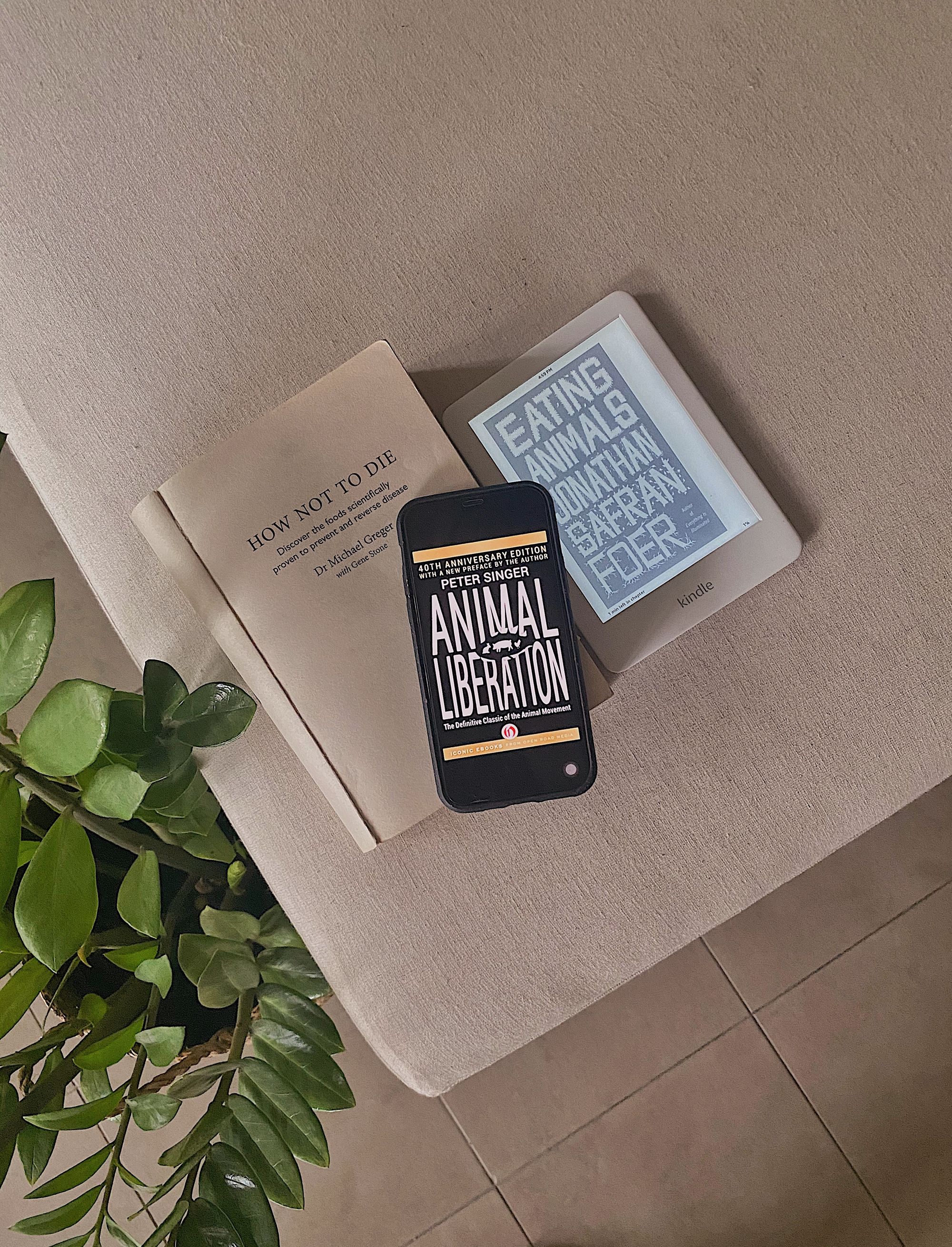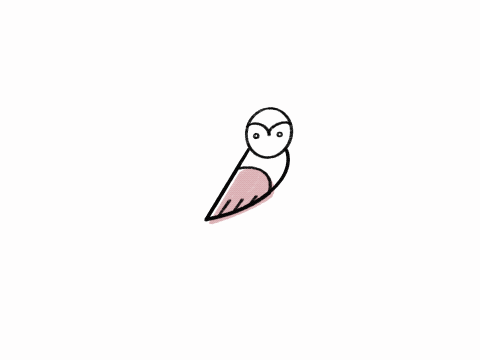How the books I'd read warned me about Covid19.
Foreshadow.
| fɔːˈʃadəʊ |
(v): To act as a warning sign of a future event.
I had read some of the best books of my life in 2020. I greeted the year with 'How Not to Die by Michael Greger, MD', finishing it in January, right before the Covid outbreak and the international panics that followed.
The book discusses Zoonotic Diseases—diseases that can be transmitted from animals to humans. Nearly 3/4 of all emerging and re-emerging human diseases arise from the animal kingdom. For example: “typical” human diseases like tuberculosis (របេង), influenza (ផ្តាសាយ), HIV (ហុីវ), typhoid fever (គ្រុនពោះវៀន) etc., originated from animals; and while most of these diseases are not as serious, we do have the more serious ones like SARS and EBOLA.
I didn't think any of it at the time back in January or February but as soon as March hit, it was such a major lightbulb moment—to have made the connection between the two: (1) witnessing Covid19 unfolding and (2) the news that followed concerning the alleged bats and wildlife tradings.
It’s crazy how human dominion over animals has unleashed these infectious diseases. Before the domestication of animals, these diseases were unknown of, but domestication has allowed these animal diseases to jump into human populations. Once these diseases jump the species barrier, it’s very easy for person to person transmission.
Not just wildlife but also factory farms.
Although mainstream media focuses solely on wildlife, it's important to look to the lesser-discussed 'factory farms'.
The book digs into the grim reality of 'meat', being that the majority of the meat we eat comes from factory farm (to give you a perspective, 99% of meat in the U.S is factory farmed meat). As the name suggests, factory farm has replaced the traditional animal farming or animal agriculture models that we had come to know through books and movies we read and watched as children. It all boils down to profit.
“How contaminated are U.S. pork products? Consumer Reports magazine tested nearly two hundred samples from cities across the country and found that more than two-thirds of the pork was contaminated with Yersinia. This may be because of the intensification and overcrowding that characterizes most of today’s industrial pig operations. As noted in an article in National Hog Farmer entitled “Crowding Pigs Pays,” pork producers can maximize their profits by confining each pig to a six-square-foot space. This basically means cramming a two-hundred-pound animal into an area equivalent to about two feet by three feet. The authors acknowledged that overcrowding presents problems, including inadequate ventilation and increased health risks, but they concluded that sometimes, “crowding pigs a little tighter will make you more money.” - How Not To Die.
This is only one of the many examples that exposes how the food industry treats animals. As the book is in the field of health, we can put our emotions for animals aside to focus on the health implications. It's not hard to see why chronic health problems are on the rise in the modern world.
Aside from How Not To Die, two other books that I'd read this year also had Covid19 foreshadowing messages: 'Eating Animals' by Jonathan Safran Foer and 'Animal Liberation' by Peter Singer.

Despite these books being written decades apart (70s, early 20s, and 2010) and from completely different fields—'How Not To Die' being from the perspective of health, 'Eating Animals' being from the perspective of the author's personal storytelling, while 'Animal Liberation' being from the perspective of philosophy and ethics—we see the same key messages emphasized again and again.
Meat industry = Profit Driven
Profit Driven = Cutting Cost (animal cruelty is just a collateral damage)
Cutting Cost = Antibiotics, Genetically Modified Feeds, Small Cages (+)
Result = Pandemic.
“What the meat industry figured out is that you don't need healthy animals to make a profit. Sick animals are more profitable. Factory farms calculate how close to death they can keep animals without killing them. That's the business model. How quickly they can be made to grow, how tightly they can be packed, how much or how little can they eat, how sick they can get without dying. We live in a world in which it's conventional to treat an animal like a block of wood.” - Eating Animals by Jonathan Safran Foer."
We had known this all along but little has been done to prevent such outbreaks, nor is there enough talk surrounding the topics. It's time we start talking.
What does this all mean?
For me, it's the animals. I came for health but I'm staying for the animals.
To be honest, I started this whole journey because, even in my teenage years I have always prioritized health (even though I didn't know what it meant at the time, but whichever way somebody would point to health, I followed). I always knew health is the pillar to a good quality of life. However, once I came to witness animal cruelty, I am staying for the animals.
I understand that not everyone shares the same sentiments that I do when it comes to animals and that is completely fine. But we can't argue when it comes to health. If this pandemic has taught us anything, it's that health is not something that we can take for granted. Unfortunately, health education is not always easily accessible and even when it's accessible, there are always conflicting information. The media does this on purpose. They would intentionally publish conflicting information to confuse the public because a confused public equals fear and fear sells; not to mention other forms of corruption. Only until we persevere and push towards the end to inform ourselves on the both sides would we eventually reach credible information. So I guess the final takeaway from me is to iterate the importance of being informed.
To watch the events of Covid unfold in 2020 after having read the books is like being a character in a horror movie going to check out the sound in the basement when all the audiences are yelling at you 'Don't Go There!'.

